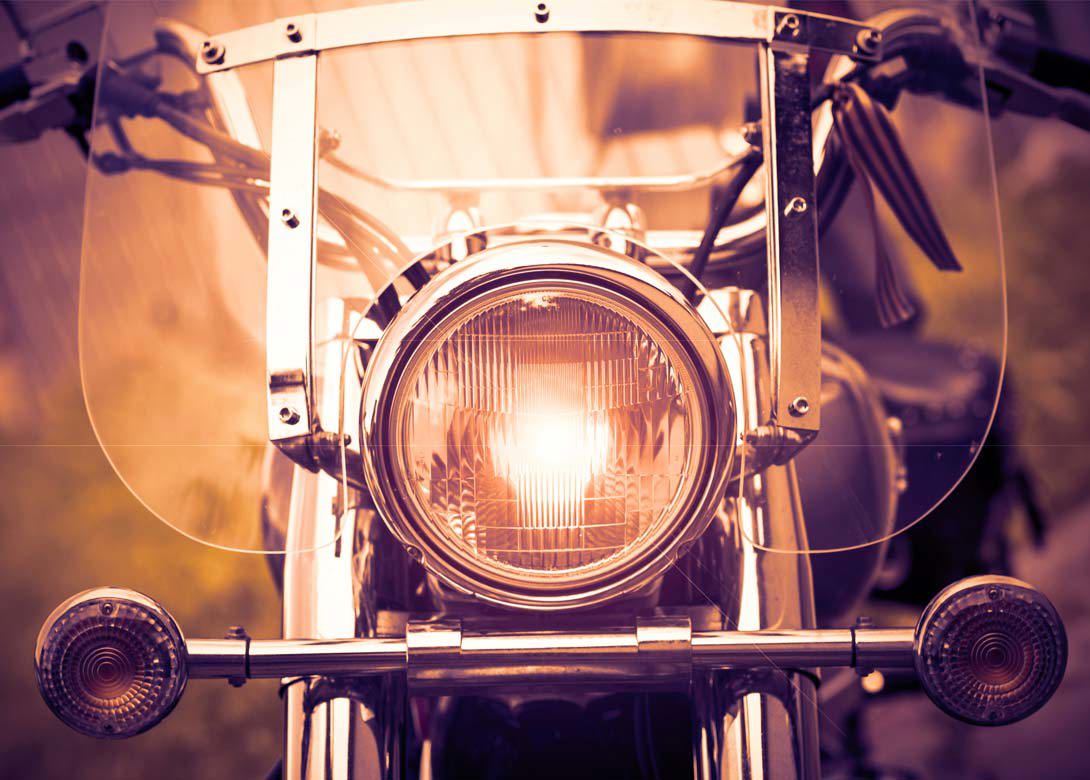
Serving the unique and often challenging component requirements of an iconic motorcycle brand is a fine balance. When the look, sound and smell of a new bike must strike the perfect chord with enthusiasts, even the most minor detail needs to be perfect. Managing cost, performance and aesthetics of fasteners over a prototyping project is always a challenge, but the ethos of the brand must be accommodated. Fortunately, this balancing act has been perfected by global fastener expert, Optimas Solutions.
Managing these somewhat opposing concerns has seen Optimas grow a 30 year relationship with this particular manufacturer – where a customised approach is the key to achieving engineering excellence.
Defining fastener policy is particularly difficult during prototyping, as envisioning the finished vehicle, let alone its final components, is akin to predicting the future. Typically, the focus is centred on standardising components – finding already existing parts that reach engineering requirements. In addition, part numbers require consolidation for ease of specification. This approach serves to cut costs in the bill of materials (BOM) – savings which are compounded through every iteration of the prototype vehicle. But what if the vehicle has to achieve a predefined brand aesthetic? How do you effectively cut costs for a manufacturer that aims to produce vehicles that are anything but the norm? The basic approach has to evolve.
This evolution of approach is something very familiar to Chris Sterner, Optimas engineering program manager: “We work with this marque to define fastener policy from when the design is still at clay model stage, which means we are completely integrated with the design and engineering teams from the get go. Optimas acts as a fastener consultant, with every nut or bolt added to the design recommended and eventually supplied from our global component portfolio. For this manufacturer however, the finished motorcycles are akin to industrialised jewellery. Beyond the usual concerns of reducing cost and a possible weight saving – every fastener must look good.”
Chris operates as a fastener expert between the manufacturer’s purchasing and engineering teams. His role is to balance the BOM with the engineering requirements of the project. Currently, Optimas supplies components to three manufacturing sites in the US, with a large team dedicated to the customer.
In some cases, recommending existing fastener solutions from the Optimas portfolio for a low cost solution is preferable. Helping engineers to identify suitable components from an existing BOM rather than sourcing new fasteners is a key service, which reduces supply chain complexity and manages cost. However, when aesthetics is vitally important to the finished product, adaptability to the demands of the manufacturer is key.
“One such example is the socket head cap screws incorporated on a brand of motorcycle,” Chris elaborates. “These components are some of the strongest on the market and fit the brand ethic of producing a robust vehicle. However, they are designed for machine tooling manufacturers, and are not entirely suited to the demands fatigue places on a road vehicle. What was required by the manufacturer simply doesn’t exist, so we had to deliver a bespoke exclusive component as a solution. To reach a compromise, we supplied a custom engineered solution of the exact geometry to preserve the brand aesthetic, but also to offer increased ductility in application to survive life on the road.”

Optimas is able to provide this service due to a global component portfolio that incorporates manufacturers of high performance fasteners. With the backing of a global network, Optimas is able to deliver custom parts with increased agility, an advantage considering that a parts shortage of any kind for an OEM manufacturer can be disastrous for smooth operations. A premium manufacturer may place complex orders on short lead times – but with this infrastructure in place, Optimas can always be confident of delivery. The ability to ‘make magic happen’ has only served to strengthen the relationship between OEM manufacturer and fastener partner.
This strong partnership has seen Optimas involved in some confidential and unique projects. “One job of particular note involved a high horsepower racing bike engine, a German sports car manufacturer and a weekend barbeque,” Chris confides. “The manufacturer had developed an incredibly powerful bike engine for use in its racing programme, and had achieved some success on track. However, the engineering teams posed the question if the unit could be used on a road motorcycle. After some research and development work, conducted over a weekend barbeque involving many cable ties and spare parts, it became clear that the concept was possible.”
The involvement of Optimas in the project began at this stage, with the OEM engineers supplying a list of roughly 100 part numbers. However, information such as preferred head styles, material grades, plating and property classes were not specified. Furthermore, the parts were metric, when imperial dimensions were the manufacturer’s norm. The Optimas team was required to define fastener policy throughout the course of the project.
Chris continues: “Another challenge for the manufacturer was making the engine suitable for road use. As a race engine, it is built to withstand a few miles at full throttle – on a road bike it will need to run for many thousands of miles in between services. They eventually enlisted the help of a German sports car marque to modify the engine. Optimas was again heavily involved in this stage. Our team travelled to Germany to help specify fasteners for the powertrain assembly. Subsequently, we pushed engineers towards utilising off the shelf items as much as possible, while still providing the same strength tolerances as the custom parts the engineers initially suggested.”
Pushing towards standardisation generated huge cost savings for the manufacturer throughout the five years of research and development for the new model. Some costs on individual components were slashed by as much as 75%, efforts which over the course of the project, amounted to almost US$2 million in annual savings on fasteners alone. Despite the complexity and uniqueness of the project, Optimas was able to balance the interests of engineering and cost saving simultaneously.
Optimas has struck a balance between generating cost savings through standardisation, while also providing versatility and a deep understanding of what differentiates this particular make of motorcycle. By balancing these concerns, in conjunction with the manufacturer’s purchasing and engineering teams, Optimas has become involved from first conception of every new model. While a global component portfolio and a close relationship has achieved this – it’s the ability to assimilate seamlessly with the manufacturer’s varied needs that allows these premium motorcycles, against all expectation, to be delivered in a truly cost-effective manner.

Will joined Fastener + Fixing Magazine in 2007 and over the last 15 years has experienced every facet of the fastener sector - interviewing key figures within the industry and visiting leading companies and exhibitions around the globe.
Will manages the content strategy across all platforms and is the guardian for the high editorial standards that the Magazine is renowned.
Don't have an account? Sign Up
Signing up to Fastener + Fixing Magazine enables you to manage your account details.